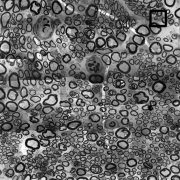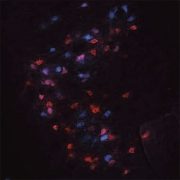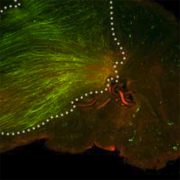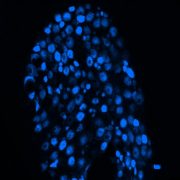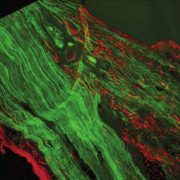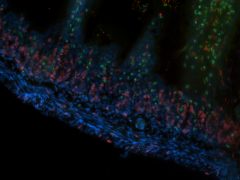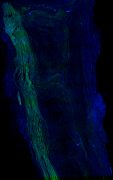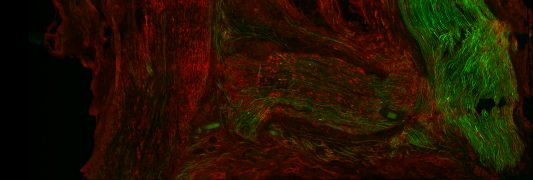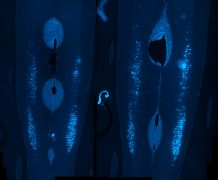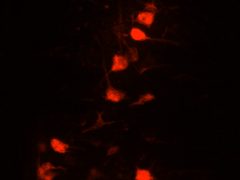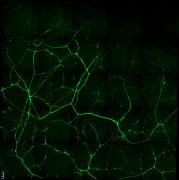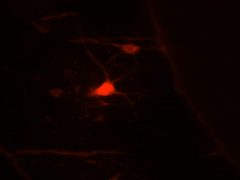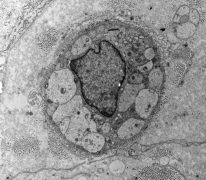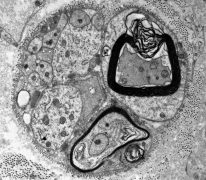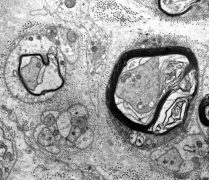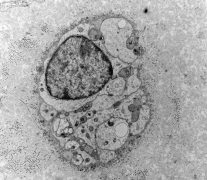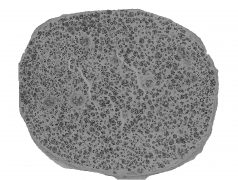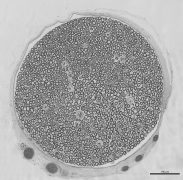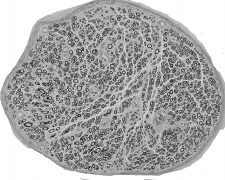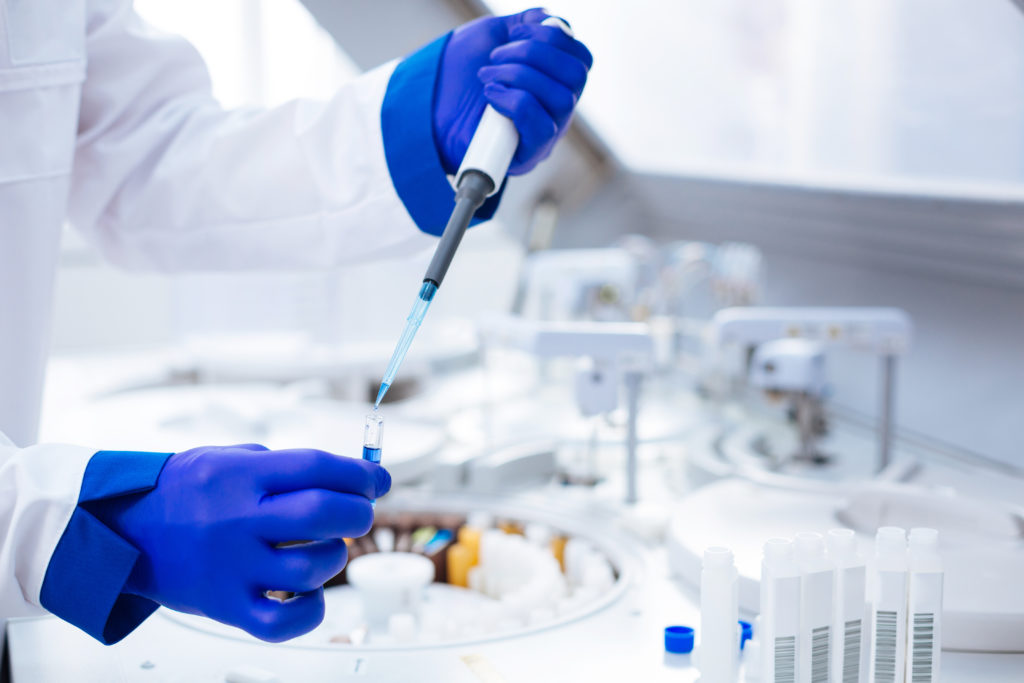
The Inspiration and Scope of Our Research
Peripheral nerve injury is an increasingly impactful clinical problem that significantly impairs quality of life, function and return to work in our society. Peripheral nerve injuries include many mechanisms such as traction, crush, laceration, demyelinating conditions among other. When a peripheral nerve or brachial plexus injury occurs, patients may notice a variety of symptoms including paralysis, altered sensation and pain that prevents normal function of the limb.
Research Overview
Peripheral nerve injuries can be devastating to the individuals who suffer from them. Fortunately, peripheral nerves have the inherent ability to regenerate and restore power or sensation to the denervated region of the extremity. However, this capacity to regenerate is limited by numerous factors and recovery is often incomplete, leaving patients with permanent motor or sensory deficits.
Our lab focuses on strategies to overcome these antagonistic factors that limit peripheral nerve regeneration.
One area of our research examines the basic science behind the evolving field of peripheral nerve transfers.
This surgical technique involves re-routing expendable and healthy “donor” peripheral nerves by dividing them and repairing them to injured or denervated “recipient” nerves. This microsurgical technique provides a source new nerve fibers that can restore the absent critical function.
Another area of our research examines the molecular biology and genetics that regulate the process of peripheral nerve regeneration. We seek to better understand the key molecular processes within the growth supportive environment of the regenerating nerve. Identifying these key components can help devise new treatments to accelerate regenerating nerve fibre outgrowth and increase the number of nerve fibres reaching their intended targets.
Lab Members

Anne-Marie provides invaluable technical and managerial expertise to the laboratory, overseeing administrative and technical aspects of nearly all laboratory projects.
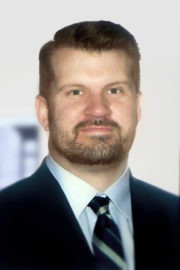
Mike Hendry is a surgeon scientist who currently specializes in Plastic and Reconstructive Surgery with a clinical interest in peripheral nerve, hand and wrist surgery. He received his undergraduate biology degree focusing in molecular biology and genetics at Queen’s University, after which he completed his medical degree…

Martina’s project systematically and comprehensively examines clinical metrics of ulnar nerve recovery. The ultimate goal is to produce a unified measurement tool that can be used to monitor recovery and study outcomes of ulnar nerve injury and reconstruction.

Dr. Spano’s project will focus on the development of a forelimb model of peripheral nerve transfer and/or injury in transgenic mouse models.

Publications

